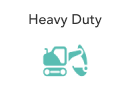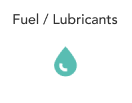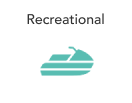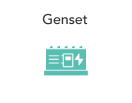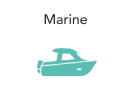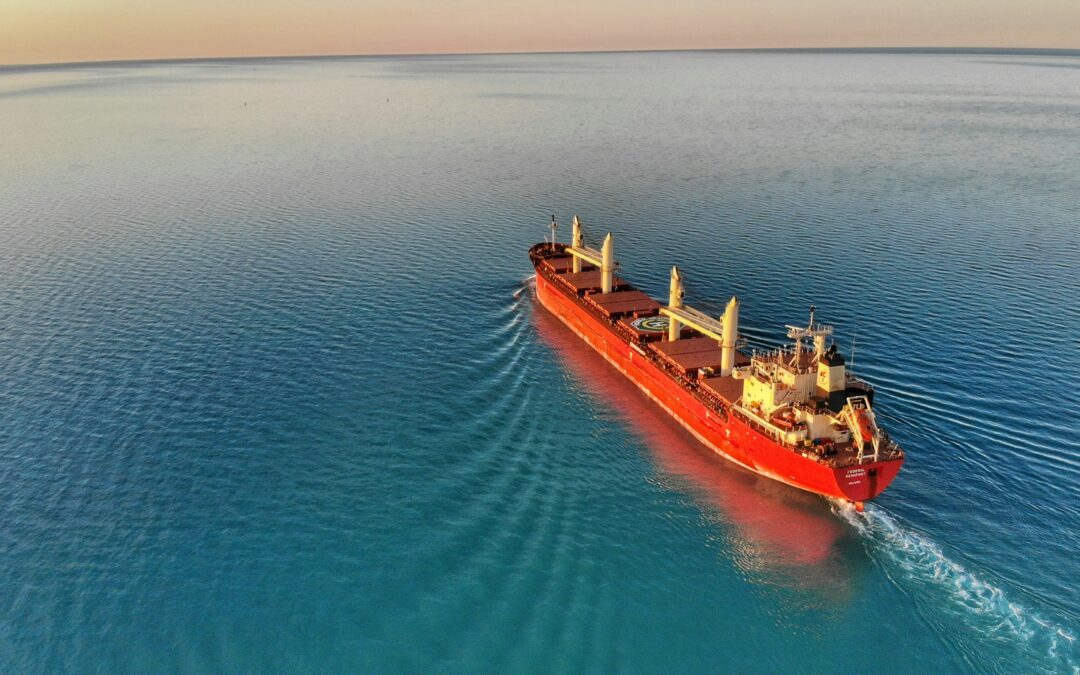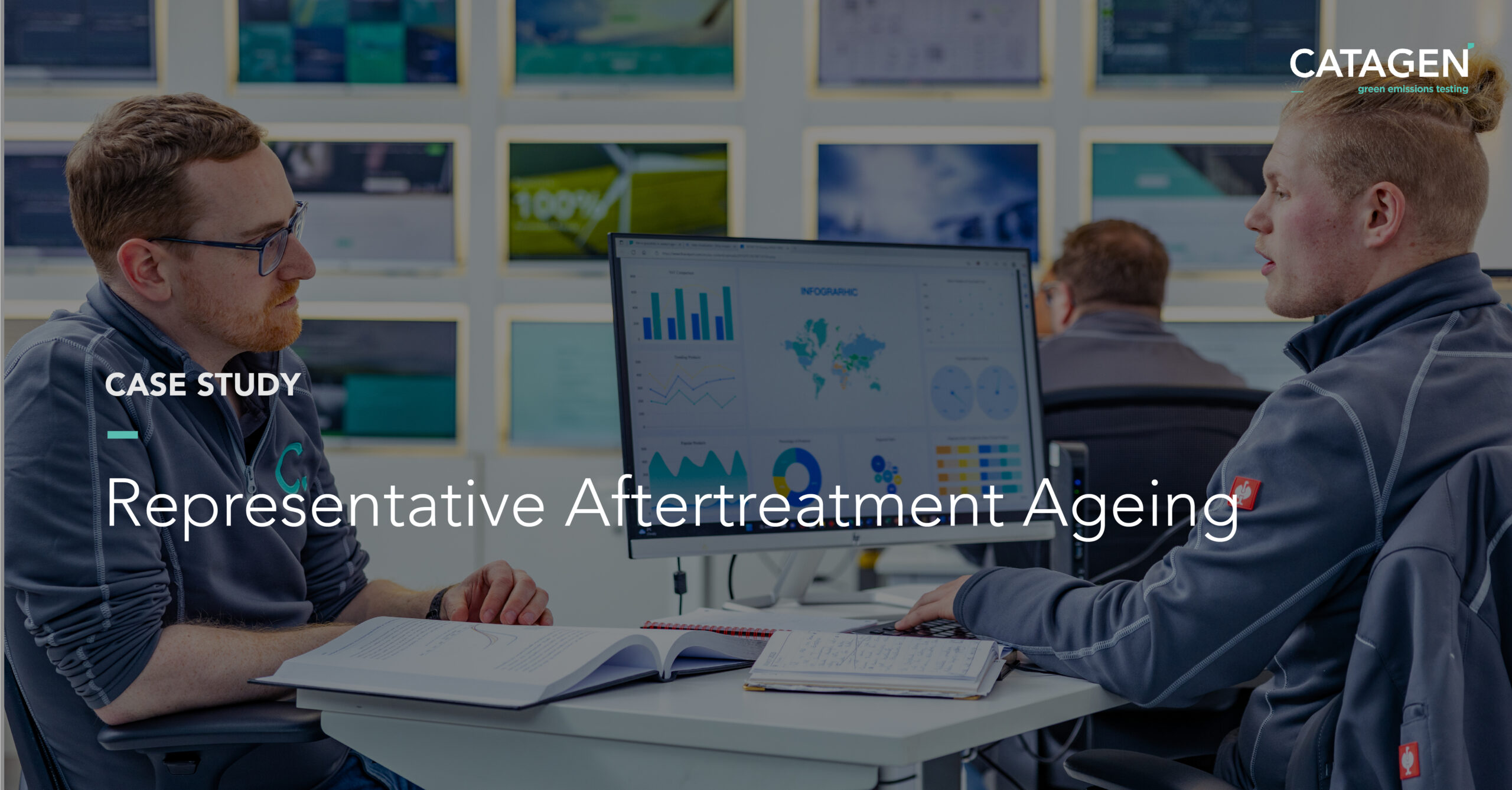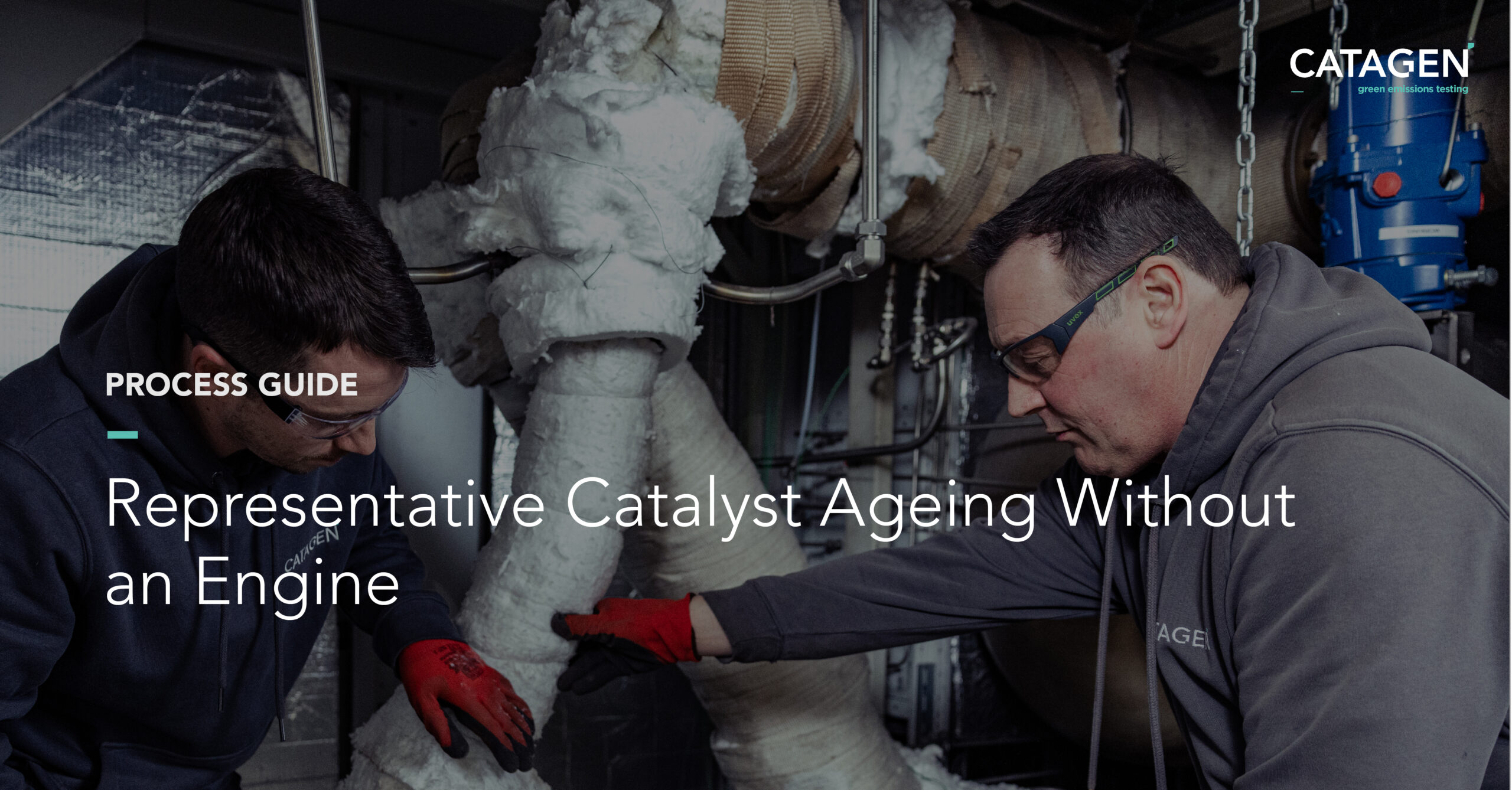By Dr. Kurtis Irwin, VP of Global Catalysis
As the marine industry faces increasing pressure to reduce emissions and comply with new regulations, CATAGEN stands out as a net zero technologies company dedicated to cleaning and decarbonising the air. Our advanced emissions testing and catalyst ageing services are essential for the marine segment, offering significant benefits in compliance, cost savings, and environmental impact.
Understanding New Marine Emissions Regulations
The International Maritime Organization (IMO) has introduced several regulations aimed at reducing greenhouse gas (GHG) emissions from ships. Key among these are the Energy Efficiency Existing Ship Index (EEXI) and the Carbon Intensity Indicator (CII) measures, which became mandatory under the MARPOL Annex VI framework.
EEXI Requirements: From January 2023, ships of 400 gross tonnage and above must calculate their attained EEXI, which indicates energy efficiency against a baseline. The required EEXI must meet specific reduction factors, ensuring ships operate more efficiently.
CII Requirements: Ships of 5,000 gross tonnage and above must report their operational carbon intensity, assessed annually. By 2030, the IMO aims to reduce carbon intensity by 40% compared to 2008 levels.
FuelEU Maritime Regulation: Effective January 2025, this EU regulation mandates ships over 5,000 gross tonnage to progressively decrease their GHG intensity, aiming for an 80% reduction by 2050. This includes CO2, methane, and nitrous oxide emissions, considering the full lifecycle of fuels.
On-Shore Power Supply (OPS): From August 2024, passenger and container ships must use zero-emission technologies while at berth in EU ports, further reducing port air pollution.
Emissions Reduction Targets and Impact
The introduction of the EEXI and CII measures by the IMO, along with the EU’s FuelEU Maritime Regulation, sets ambitious targets for reducing greenhouse gas emissions in the marine sector. Here’s a detailed look at these targets and their expected impact:
1. IMO’s EEXI and CII Measures:
- EEXI: Requires ships to calculate their energy efficiency compared to a baseline and achieve specific reduction factors.
- CII: Mandates annual reporting and reduction of carbon intensity, aiming for a 40% reduction by 2030 compared to 2008 levels.
2. FuelEU Maritime Regulation:
- Sets targets for reducing GHG intensity of fuels used by ships, aiming for an 80% reduction by 2050.
- Mandates the use of zero-emission technologies at berth for passenger and container ships starting in 2025.
The table below summarizes these targets and the expected changes in emissions:
| Regulation | Target | Baseline Year | Reduction Target | Target Year |
| IMO EEXI | Energy efficiency improvement of existing ships | 2008 | Varies by ship type and size | 2023 onwards |
| IMO CII | Annual reduction in carbon intensity | 2008 | 40% reduction | 2030 |
| FuelEU Maritime | Reduction in GHG intensity of fuels | 2023 | 80% reduction | 2050 |
| FuelEU Maritime | Zero-emission technologies at berth for certain ships | N/A | 100% adoption (zero emissions at berth) | 2025 |
Projected Emissions Reductions
To illustrate the impact of these regulations, we can look at the projected changes in emissions for a typical fleet of large marine vessels (e.g., container ships, tankers, bulk carriers).
Assuming a fleet baseline emissions of 100,000 tons of CO2 annually (based on 2008 levels), here’s how emissions might reduce over time with the implementation of EEXI, CII, and FuelEU Maritime regulations:
| Year | Regulation | Emissions (tons of CO2) | Reduction from Baseline |
| 2008 | Baseline | 100,000 | 0% |
| 2023 | EEXI Implementation | 90,000 | 10% |
| 2030 | CII Target | 60,000 | 40% |
| 2050 | FuelEU Maritime | 20,000 | 80% |
These projections highlight the significant potential for emissions reductions through the implementation of current and future regulatory measures. By achieving these targets, the marine industry can play a crucial role in global efforts to mitigate climate change.
CATAGEN’s Contribution to Emissions Reduction
CATAGEN’s advanced catalyst ageing technology directly supports the marine industry in meeting these stringent emissions targets. By providing accurate and repeatable ageing of catalysts, CATAGEN ensures that emissions control systems perform optimally throughout their operational life.
- Enhanced Catalyst Performance: Reliable ageing tests ensure catalysts maintain high conversion efficiency for NOx, CO, HC, and PM, critical for meeting emissions standards.
- Reduced Operational Costs: Accurate ageing helps prevent premature catalyst failures, reducing maintenance and replacement costs.
- Environmental Benefits: By utilizing renewable energy in our testing processes, we reduce the overall carbon footprint associated with emissions testing.
In conclusion, CATAGEN’s innovative technologies are essential for the marine industry’s compliance with evolving emissions regulations. By partnering with CATAGEN, marine operators can ensure their vessels not only meet but exceed regulatory requirements, contributing to a cleaner and more sustainable future.
For further details on how CATAGEN can assist your operations, contact our team of experts.

More content


